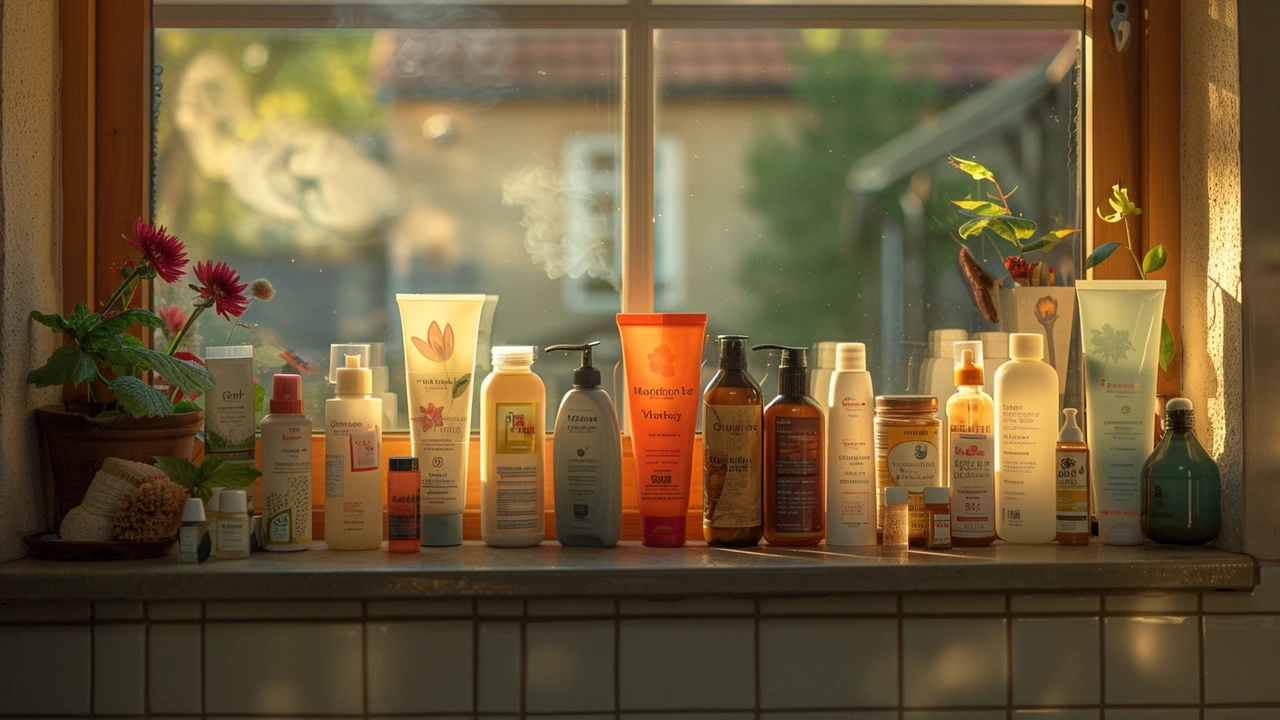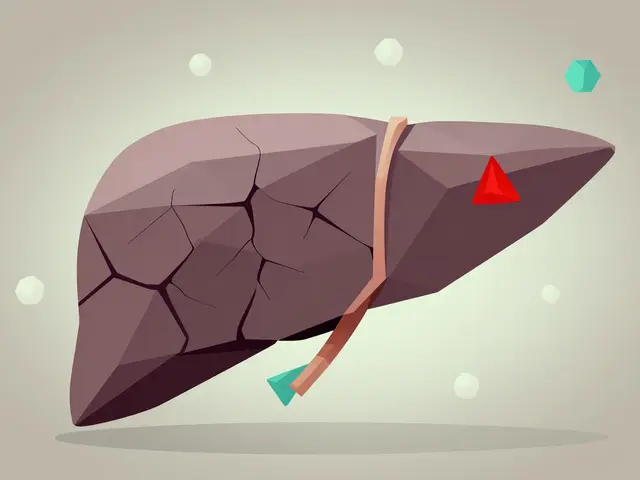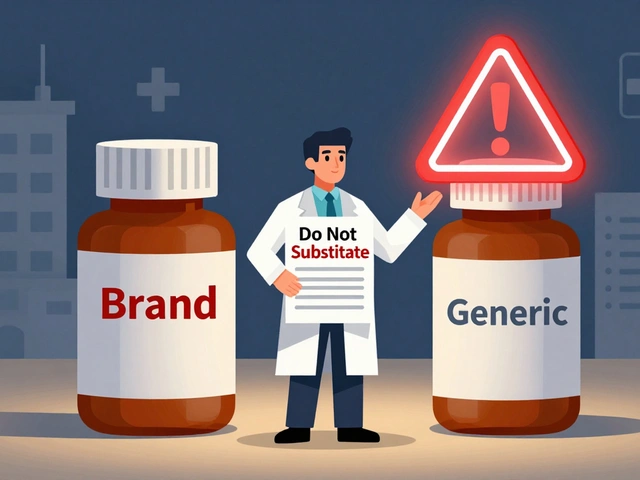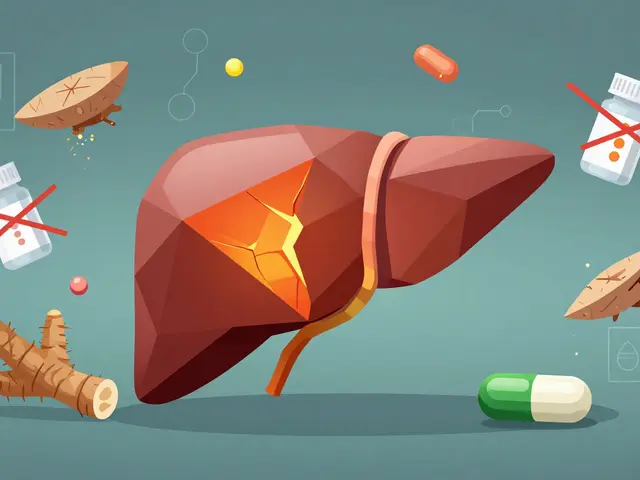Tretinoin Strength: Which Concentration Is Right for You?
Tretinoin strength matters. Different concentrations change how fast your skin reacts, how much irritation you might get, and how long it takes to see results. This page helps you understand common strengths, how to pick one, and how to use tretinoin safely so you get benefits without burning your skin.
Common strengths and what they mean
Most prescriptions come as 0.025%, 0.05%, and 0.1%. Lower strengths like 0.025% are gentler and good for people new to tretinoin or with sensitive skin. Middle strengths such as 0.05% balance results and tolerance for many users. Higher strengths like 0.1% act faster but cause more dryness, peeling, and redness. Doctors may also prescribe compounded strengths in between those numbers.
Formulation matters too. Gels feel lighter and may be better for oily skin. Creams are moisturizing and suit dry or sensitive skin. Microsphere or slow-release formulas can reduce irritation while keeping effectiveness. The same percentage can feel different depending on base and brand.
How to use tretinoin safely
Start slowly. Use a pea-sized amount for your whole face, apply every third night for the first 2–4 weeks, then increase frequency as your skin tolerates. Always apply to clean, dry skin and wait a few minutes after washing. If your skin burns or peels badly, reduce frequency or switch to a lower strength.
Sunscreen is non-negotiable. Tretinoin makes skin more sensitive to sun. Use a broad-spectrum SPF 30+ every morning and reapply if you’re outside. Avoid waxing, strong chemical peels, and other harsh treatments while using tretinoin.
Expect patience. Many people notice texture and breakouts improve in 8–12 weeks, but full benefits like fewer fine lines or clearer skin can take 3–6 months. Don’t switch strengths too fast; if you push too hard, you risk irritation that sets progress back.
Mixing tretinoin with other actives needs care. Combining with benzoyl peroxide, salicylic acid, or vitamin C can increase irritation. Layering moisturizers, using a gentle cleanser, and applying tretinoin after moisturizer (the sandwich method) can reduce dryness while keeping results.
Special situations: Pregnant or breastfeeding people should not use tretinoin. If you have eczema, rosacea, or very sensitive skin, discuss alternatives with your provider. Tell your clinician about other topical or oral meds to avoid bad interactions.
Storage and prescription notes: Keep tretinoin in a cool, dark place; some formulations oxidize in light. Always follow your prescriber’s instructions. If a product isn’t working or is too harsh, ask about switching strength, formulation, or frequency rather than stopping abruptly.
Choosing a tretinoin strength comes down to skin type, goals, and tolerance. Start low, go slow, protect your skin from the sun, and keep communication open with your prescriber. Small, consistent steps usually win over quick, aggressive changes.
If irritation persists despite lower strength, your doctor might recommend a brief steroid cream to calm skin or pause tretinoin a few nights. Patch test new formulations on a small area. Track progress with photos every month to see subtle improvements safely.
Choosing the correct tretinoin strength can make a significant difference in your skin care journey. This article explores different tretinoin strengths, how to match them with various skin types, and practical tips for integrating them into your skin routine.
Continue reading...






